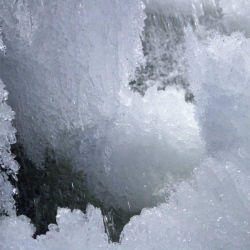
Astronomers have discovered hundreds of planets around the Milky Way, including rocky planets similar to Earth and gas planets similar to Jupiter. But there is a third type of planet in our solar system, part gas, part ice, and this is the first time anyone has spotted a twin for our so-called “ice giant” planets, Uranus and Neptune.
While Uranus and Neptune are mostly composed of hydrogen and helium, they both contain significant amounts of methane ice, which gives them their bluish appearance. Given that the newly discovered planet is so far away, astronomers can’t actually tell anything about its composition. But its distance from its star suggests that it’s an ice giant, and since the planet’s orbit resembles that of Uranus, the astronomers are considering it to be a Uranus analog.
Regardless, the newly discovered planet leads a turbulent existence: it orbits one star in a binary star system, with the other star close enough to disturb the planet’s orbit. The find may help solve a mystery about the origins of the ice giants in our solar system, said Andrew Gould, professor of astronomy at Ohio State.
“Nobody knows for sure why Uranus and Neptune are located on the outskirts of our solar system, when our models suggest that they should have formed closer to the sun,” Gould said. “One idea is that they did form much closer, but were jostled around by Jupiter and Saturn and knocked farther out.”
